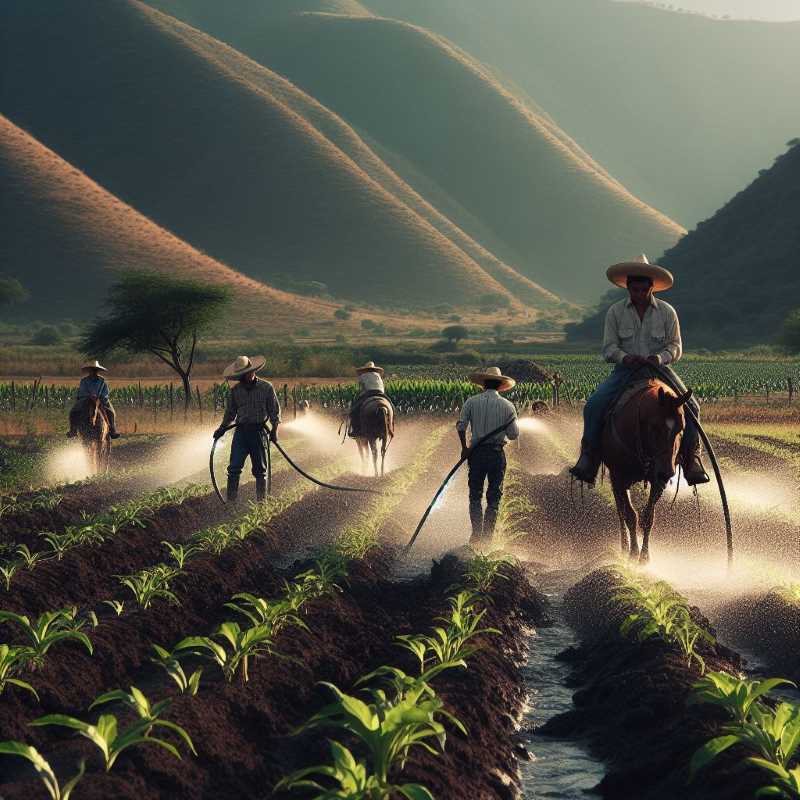The Political Bottleneck in Mexico's Water Crisis
Mexico City's water crisis worsens due to overpopulation, drought, and inefficient agriculture. The region's aquifers are critically depleted, and vital water supplies are dwindling. Treated wastewater for agriculture and a delayed General Water Law are key aspects and potential solutions.

Water – the ubiquitous, the essential, the thing we so easily take for granted until it isn't there. From those first tentative sips as a newborn to the final parched rasp of old age, our bodies are walking water bags. Humanity has interacted with water's movements from the beginning – following it, harnessing it, polluting it. Now, in what some consider the paradox of civilization itself, we must learn to conserve the very resource that makes civilization possible.
This challenge confronts Mexico in stark focus, and nowhere more intensely than in the Administrative Hydrological Region XIII Aguas del Valle de México (RHA XIII). It's not just a fancy name – it's the hydrological heart of the country, packed with 24 million people and straddling four administrative divisions. The sheer density makes managing water akin to choreographing a beehive filled with thirsty giants.




